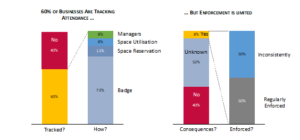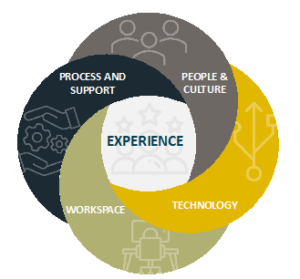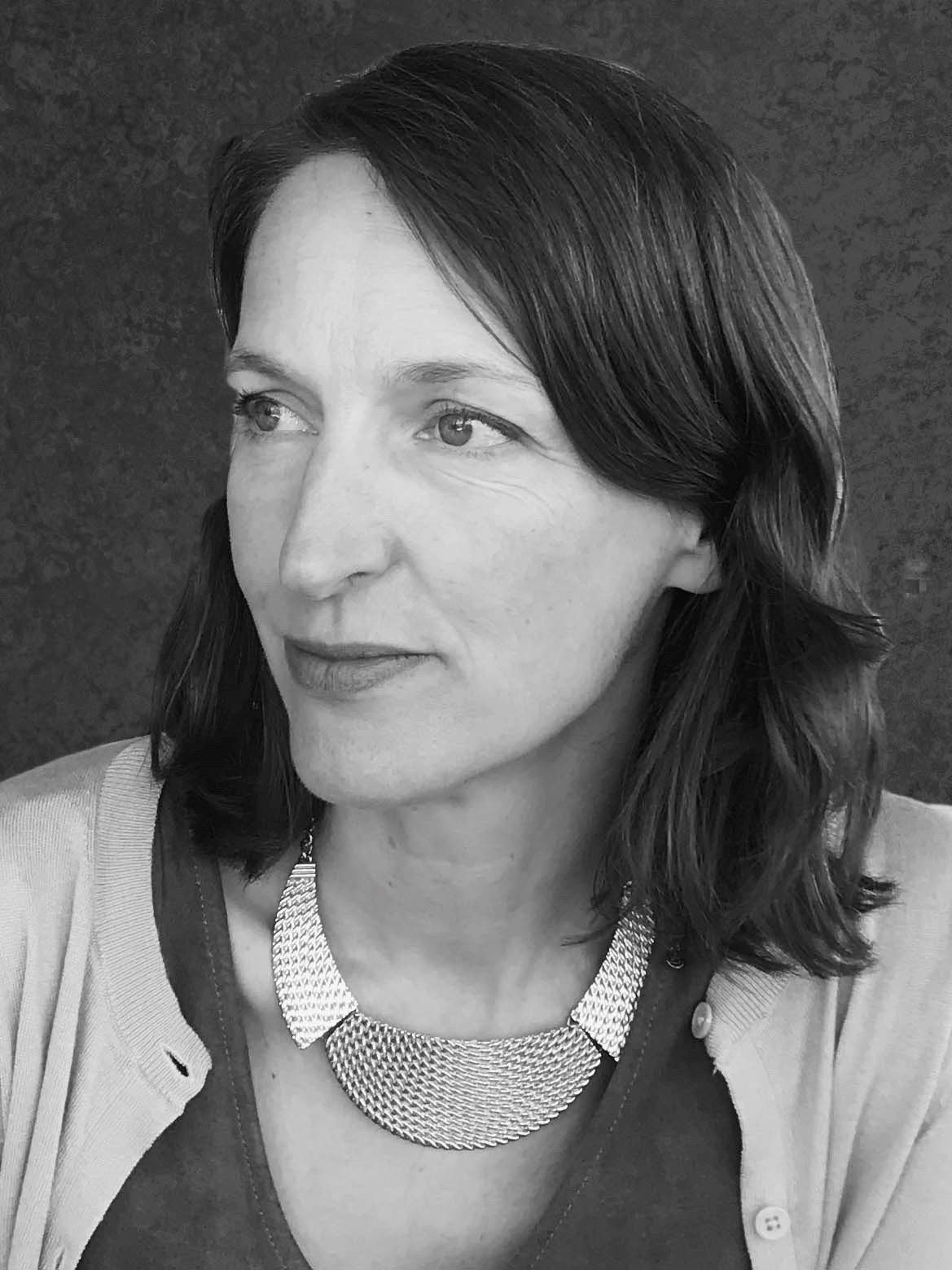Whilst Elon Musk remains a controversial character, he tends to exemplify the current extreme thinking about work, and he doesn’t hold back. His latest views about being in the office are no exception; “I’m a big believer that people are more productive when they’re in person. People should get off their goddamn moral high horse with their work-from-home bulls—.” To some extent, he may have a point and some of the big business leaders agree with him. The latest figures show that Fortune 100 companies are requiring attendance in the office for at least 3 days per week. However, it seems that the employees are still only going in two days so there is an obvious disparity. With an increase in mandating days in the office, there is the start of an accompanying increase in monitoring. In a recent report from CBRE, 60% of companies are tracking attendance in the office, with a growing number (8%) enforcing that attendance.

Source 1 CBRE Global Workplace & Occupancy Insights 2023-2024
Of the 60% of companies that are tracking attendance, a range of methods are being used, including space reservation and utilisation technology. So its not just about attendance and occupancy, but about utilisation and understanding how a building is being used. In the same study, the methods used to measure utilisation were analysed and showed a growing use of WIFI networks and sensors with a view that these methods will be used by real estate and workplace teams even more in the future.
As a company, UnWork keeps track of the world of the trends around data sources and sensors. It’s a fast developing market with new products and companies coming on the market all the time. Whilst there is improved complexity in standalone sensors such as Vergesense and Pangeam, there is a growth or requirement to use of existing networks, hardware and systems to provide much of this information. VC systems can now provide meeting room occupancy statistics. Cisco and Zoom systems have the capability to people count and provide attendance in meeting rooms as well as historical data to show usage trends. Zoom’s latest development is to use facial recognition to allocate a name to each participant as well. Systems like Cisco Spaces have got to a position where almost everything in the network of products has become a sensor. From Wireless Access Points and desk hardware to their meeting room AV, as well as people counting and occupancy, they can provide environmental and energy data. In countries and organisations with high levels of data sharing reluctance, using the existing network to provide useful information on how a building is being used seems to be more palatable than installing new sensor systems.
All about experience

Figure 1 The anatomy of workplace experience
At UnWork, we are seeing some key trends in the way organisations are starting to think about the future, and they are both based on experience. There is a growth in the use of workplace experience apps that are the obvious choice of interface for the digital native. Which days am I in the office, when are my colleagues in and how do I use my time most efficiently? They have moved beyond resource booking to helping teams to work better together by giving easy visibility to team members time in the office. AI is being layered on this to make suggestions of who should be in together and will even suggest and book the optimum spaces for teams to work together.
Experience mapping is being used to look at the end-to-end experience in the office and is often a pre-requisite to bringing in an app or starting a workplace design process. By looking at the current situation and then using benchmarking, looking at other sectors and workshopping the desired experience, it is possible to map out a future desired experience and identify the gaps and pain points to where you are now. This then inputs to a programme of work that enables that future experience.
Exceptional workplace experiences take a lot of work behind the scenes. Whilst the technology to enable experience is developing, there is also an exciting development in different types of working and collaboration space. During the pandemic there was an explosion of Teams and Zoom meetings and this stimulated some interesting new spatial typologies. These are different spatially but always made possible by the latest VC technology. Campfire style spaces with integral technology bring people together physically and also provide some digital equity to the experience of hybrid meetings.
Agora-type spaces have been around for a while, but there is a growing requirement for ‘all-hands’ and town hall space. This is in response to the growing need to get everyone together on the occasion that people are all in the office. However, there will always be a people who can’t be there in person, so these spaces have developed into hybrid meeting spaces on a grand scale.
The new metric
The other main trend is the emergence of a new metric that looks at how to measure experience. Instead of return on investment, what is the return on experience? What is the value of the experience you are creating for the business? From wellbeing, comfort and social aspects, to technology, organisational and spatial factors, a composite of the elements determine how users of a space experience it. These different facets are all important parts of the user experience that cover everything from their pre-entry experience that determines how easily they access the building, to the organisational networks that determine business outcomes. Instead of using subjective surveys, what are the objective measures that indicate the value of an experience. We have started to create an index that can be used to help understand a building experience and, for example, where the best use of funds can be to improve that experience or to compare multiple buildings within a company’s portfolio or even benchmark between organisations. There are a number of elements that form a holistic picture. For each organisation, the data that would be included will be different and will have a different weight, depending on the priorities of that organisation and the quality of the data available. These can be combined to create a simple, single metric for a building – then the teams managing the inputs can really understand the impact on the overall experience.
With a better, more holistic workplace experience as the end goal, we now have a new tool box developing that should support those of us working in this area to achieve the desired results more easily and efficiently. Experience mapping, alongside a deeper understanding of the data through a new metric allows us to do the research, find the evidence and prepare before we jump into the solution. This will not only support a data-driven approach but will help crate the business case for change. Maybe even Elon Musk could learn a thing or two about the way his people are working.

